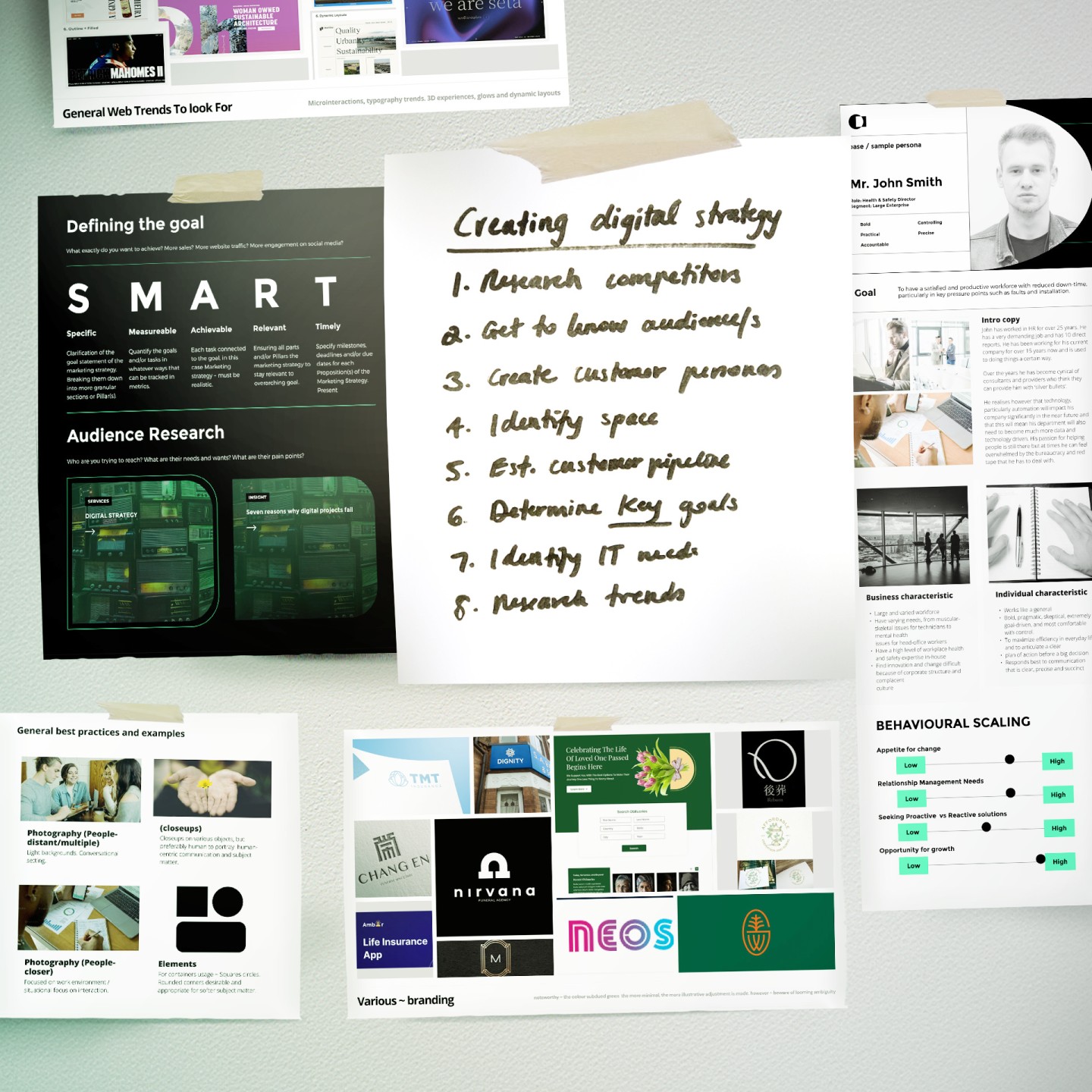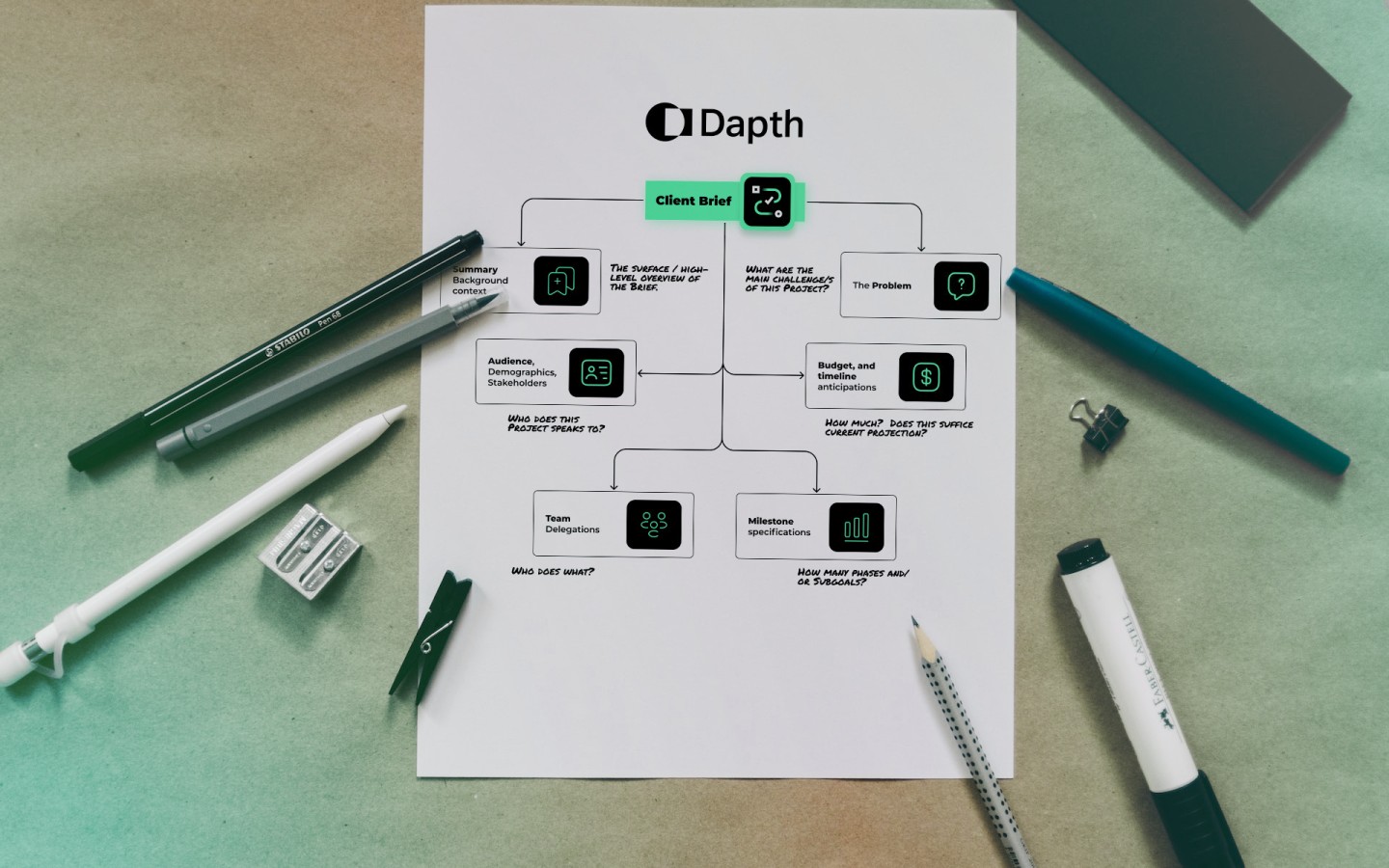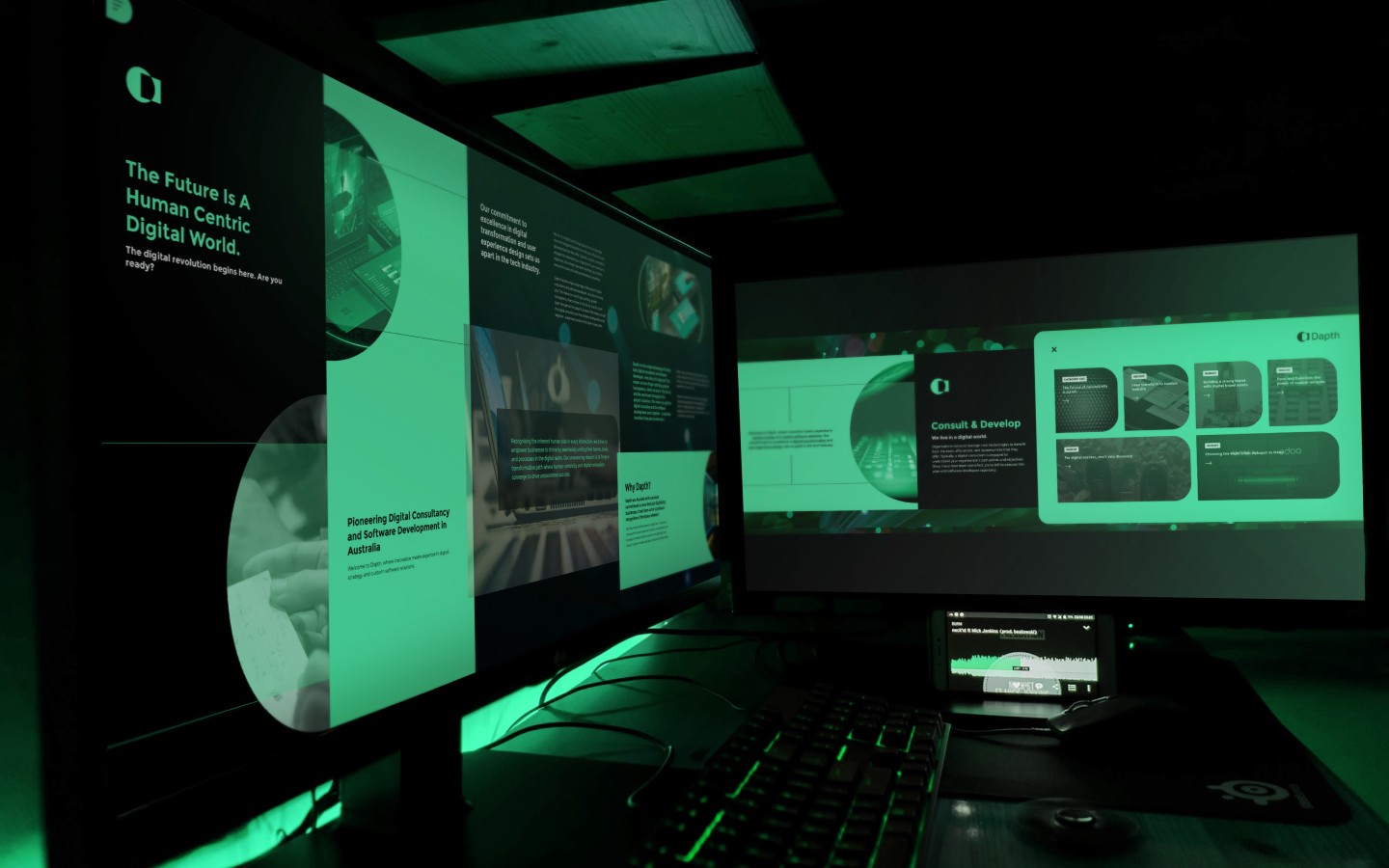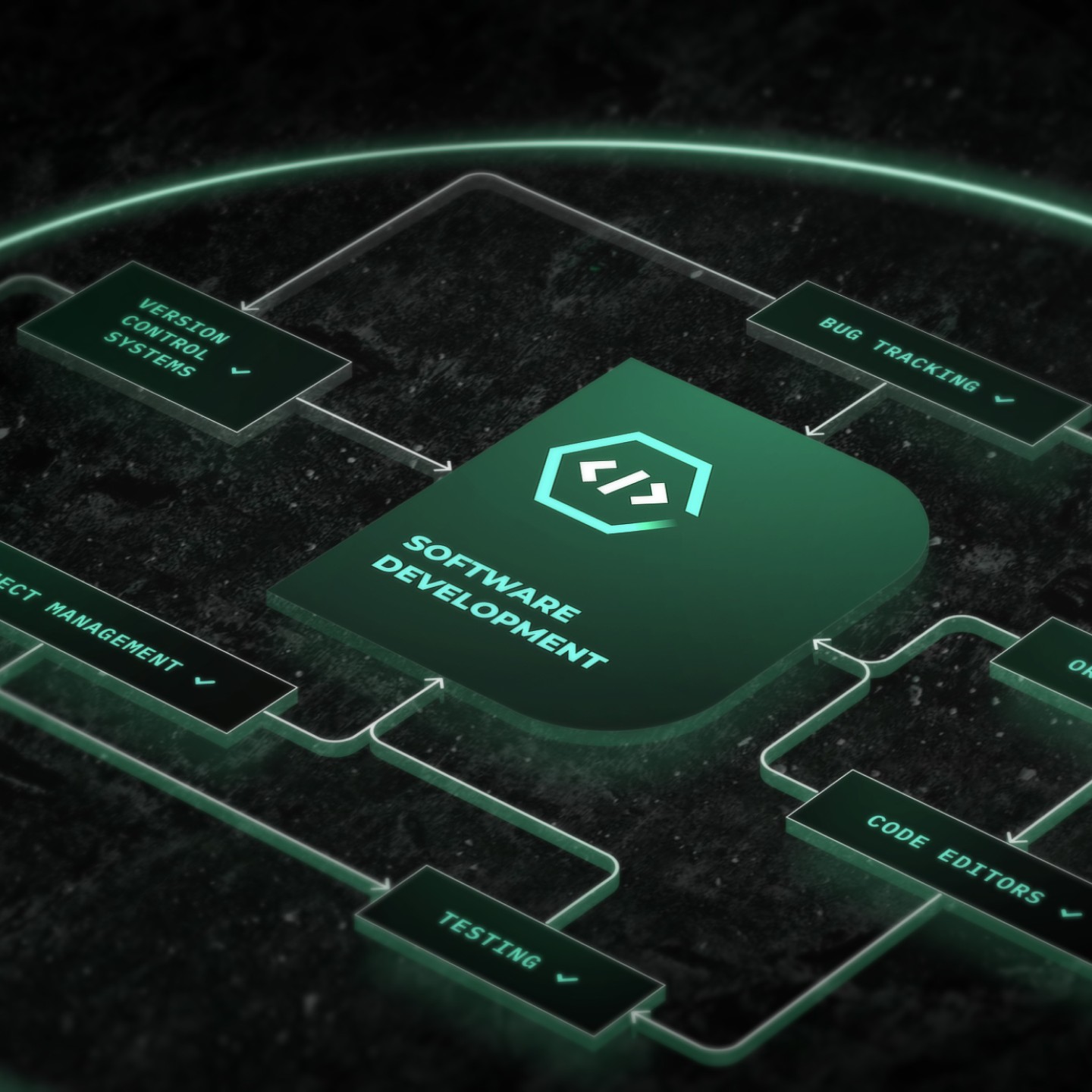
Many businesses adopt digital tools over time to improve efficiency, but without a clear strategy, this often leads to disconnected systems and operational silos.
What begins as modernisation can quickly create inefficiencies, data gaps, and unnecessary manual work.
At Dapth, we see this challenge frequently - and we help organisations turn digital complexity into strategic, connected solutions.
In the evolving world of digital systems and technology, most medium to large organisations have adopted new tools, platforms, and software solutions over time to meet specific needs or challenges. This could be anything from a new CRM to a marketing automation tool, from a data visualisation dashboard to an internal communications platform. Regardless of the technology, or its intended purpose, the intention is always the same: Streamline processes, improve performance, increase efficiency and deliver better outcomes.
But without a guiding digital strategy, these well-meaning decisions often lead to a tangled web of disconnected digital systems. What starts as an attempt to modernise an organisation can result in fragmented platforms operating in silos, hampering collaboration, slowing down operations, and ultimately costing the business time and money.
This core challenge is something we encounter often here at Dapth when we're speaking with new connections and clients. The complexity of our technologies can have an amplified effect on our businesses, good or bad, depending on the approach taken.
Disconnected software and systems is a challenge that so many people and organisations are dealing with and our clients are dealing with limitations daily.
Solving these challenges and opening up new opportunities with connected digital systems is where our team bring the most value to our clients.
Ben De Jonge, Brand & Growth Lead
The Reality of Disconnected Systems
Disconnected digital systems mean that your technology tools don't talk to each other. Your customer database might sit in one place, marketing data in another, while sales reports live in a completely separate environment. This disconnection can force teams to use manual workarounds to bridge the gaps - running spreadsheets manually, exporting and transferring data, emailing files, and entering the same information multiple times.
Not only do disconnected and manual processes take time and money, they dramatically increase the risk of errors entering your systems, and they can be damaging to your clients and to your own team.
While each system may work well on its own, this lack of integration can create significant challenges:
Limited visibility: Without connected systems, getting a clear view of business performance becomes a slow and manual process.
Data inconsistencies: When data is entered or managed in multiple locations, errors and discrepancies are almost guaranteed.
Manual workarounds: Staff spend time on repetitive tasks that could easily be automated with a unified system.
Poor customer experience: When internal systems are disjointed, it often shows in the service customers receive - delays, mixed messages, or errors.
Scalability issues: Growth becomes more difficult when your systems don't scale together or support seamless data flow.

How did we get here?
For many businesses, digital systems have evolved organically over time. As specific needs have arisen in individual departments, new platforms were adopted to meet those needs, as individuals or teams brought in their preferred tools. Rarely are these decisions made within a strategic framework, or while considering the whole ecosystem holistically.
Some common drivers of disconnected systems include:
Departmental decision-making: Marketing picks one tool, sales another, operations a third.
Mergers and acquisitions: Businesses inherit legacy systems from acquired companies.
Budget constraints: Choosing quick or cheap solutions rather than scalable, strategic ones.
Lack of ownership: Without a clear digital strategy or leadership, systems grow without structure.
The True Cost of Disconnection
While it can be hard to quantify, the impact of disconnected systems is very real. Productivity losses, increased admin time, poor decision-making due to lack of reliable data, and missed opportunities from unoptimised workflows all add up.
Disconnected digital systems also increase pressure and stress on staff, and can reduce their satisfaction with their role, and and even within your organisation.
For example, imagine a marketing team that needs weekly reports. Because their tools aren’t connected, a staff member spends half a day each week collecting data manually from different sources. Multiply that across teams and months, and the cost quickly becomes significant. And the pressure on the staff is higher than it needs to be, because they are wasting time on tasks that are likely to be ‘beneath their pay grade’.
More critically, disconnected systems can prevent leadership from seeing the full picture, and making the best decision based on accurate information. When your business decisions are made based on incomplete, outdated or inaccurate information, your ability to move and evolve with agility and innovation is significantly limited.
What Businesses Need: Connected Thinking
To solve these challenges, businesses need to move from reactive digital adoption to strategic digital transformation. That starts with taking a step back and looking at the whole picture.
This is where Dapth comes in. Everything we do begins with the core challenges in the organisation, combined with their business objectives.
At Dapth, we specialise in evaluating an organisation's complete digital ecosystem. We look beyond individual tools and platforms to understand how systems and people interact (or don’t), where the bottlenecks are, and what the organisation really needs to function more efficiently.
Our approach considers your organisation’s whole ecosystem - From the people who are your prospective clients, to your current clients, team members and stakeholders, and then into your marketing systems and even deeper to include your operational systems and processes.
Dapth’s Holistic Approach
Our team combines investigation and understanding with digital strategy, UX/UI design, development, and data expertise to create tailored solutions that work for your business today and in the future.
Here’s how we approach it:
Discovery and audit We start by mapping out your existing systems, tools, and processes. We listen to stakeholders across departments to understand their pain points and goals.
Strategic design We design a connected digital solution - whether that means replacing systems, integrating existing tools, or building new software, applications or interfaces that bring everything together.
Execution Our team builds or integrates the required platforms, ensuring a seamless flow of data and an intuitive user experience, for all of your users.
Ongoing optimisation We don’t stop at launch. We monitor performance, adjust where needed, and help you evolve your systems as your business grows.

Real Impact for Real Businesses
We’ve helped government departments, not-for-profits, and commercial organisations streamline their systems, reduce manual processes, and unlock new value from their data.
The result? Streamlined processes and increased efficiencies, more effective decision making, happier teams, and a digital ecosystem that supports your evolution and growth, instead of blocking it.
Disconnected digital systems are more than just an IT headache. They impact every area of your business, from your clients and stakeholders to your frontline staff and executive leadership.
The good news is, it doesn’t have to stay that way.
With the right digital strategy and a team that understands how to connect the digital dots, you can turn a fragmented tech stack into a powerful, streamlined ecosystem that delivers significant Return On Investment for your business.
That’s what we do at Dapth - Transform digital systems for West Australian businesses.
Let’s build something smarter together.
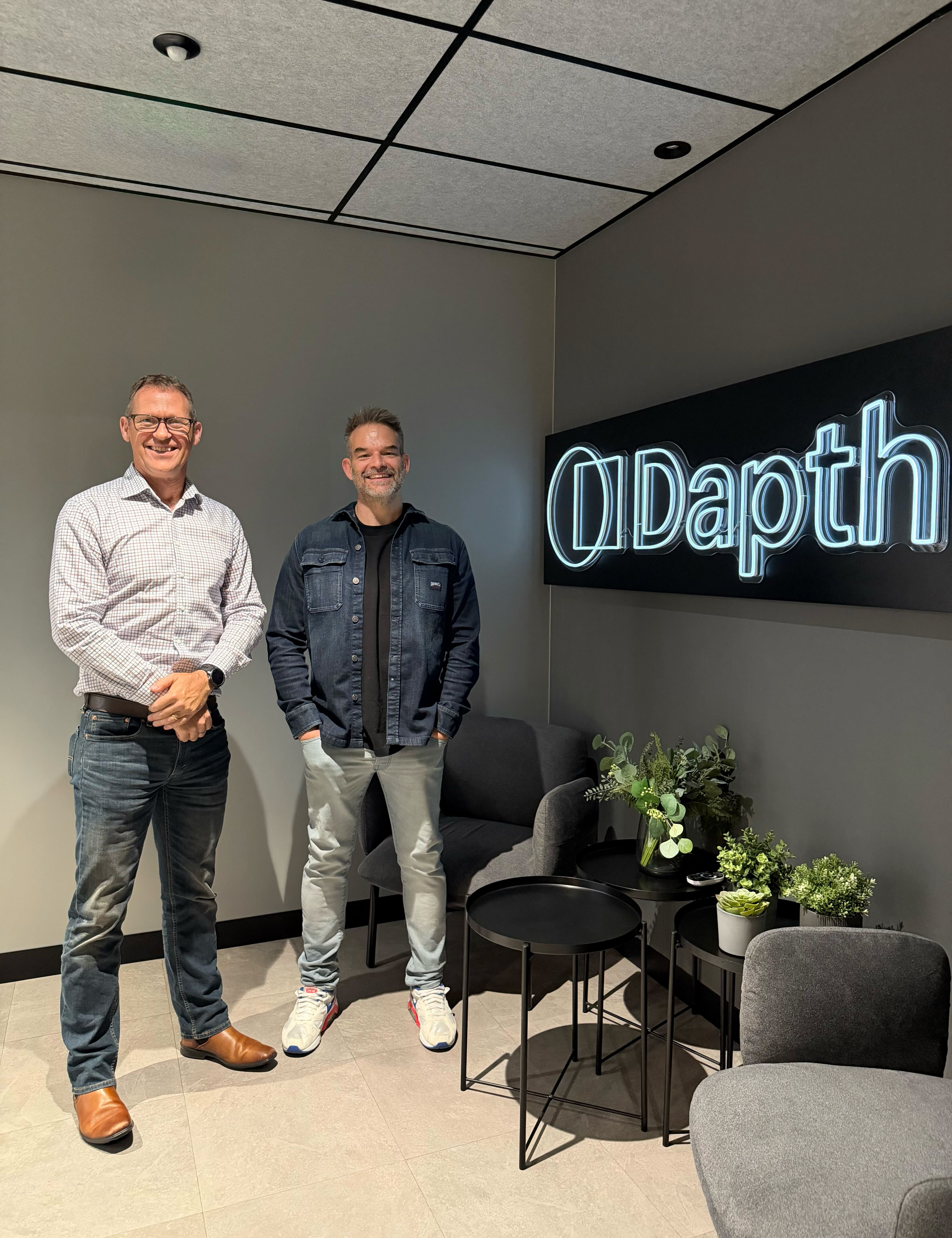
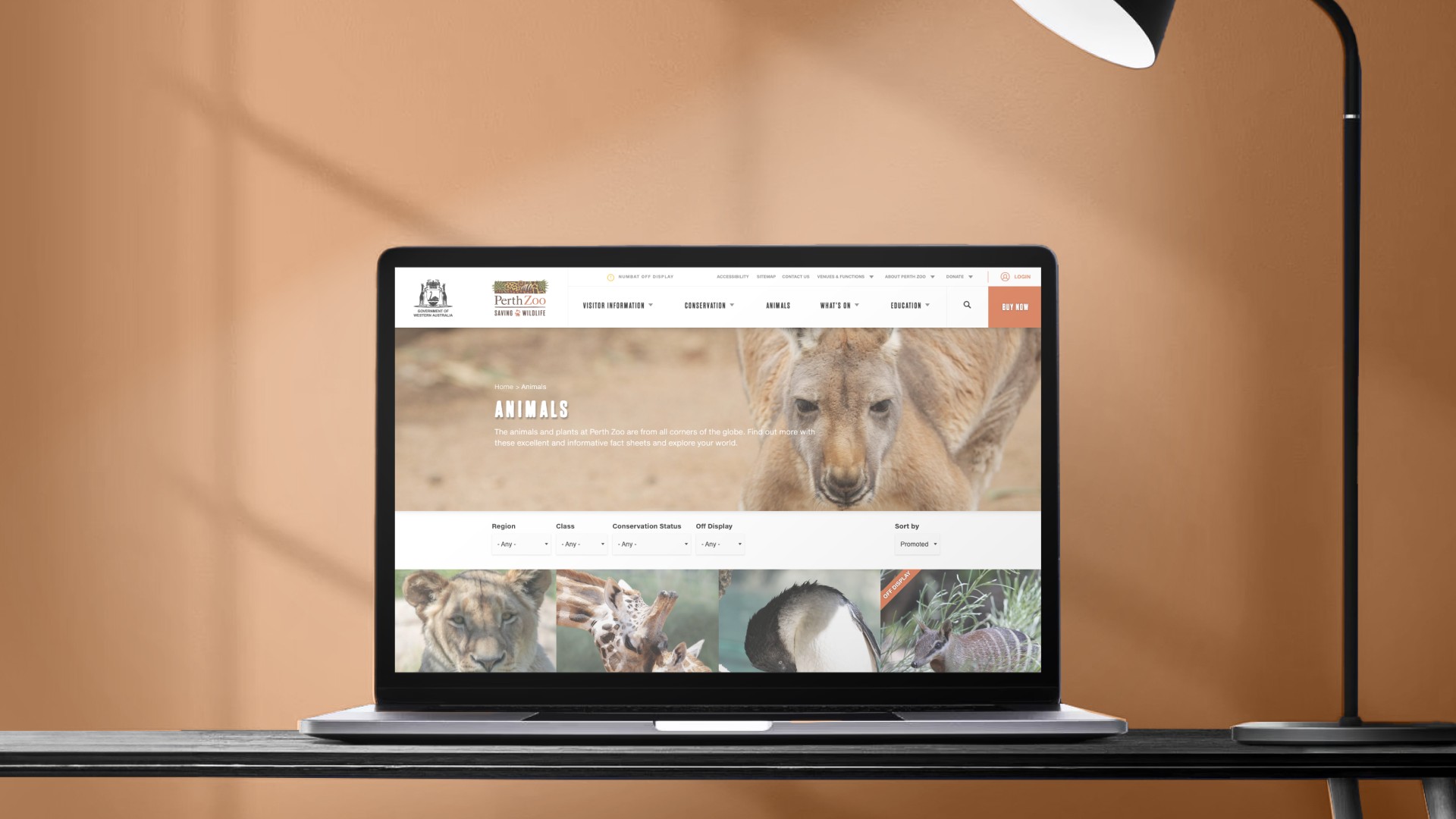



_web.webp)

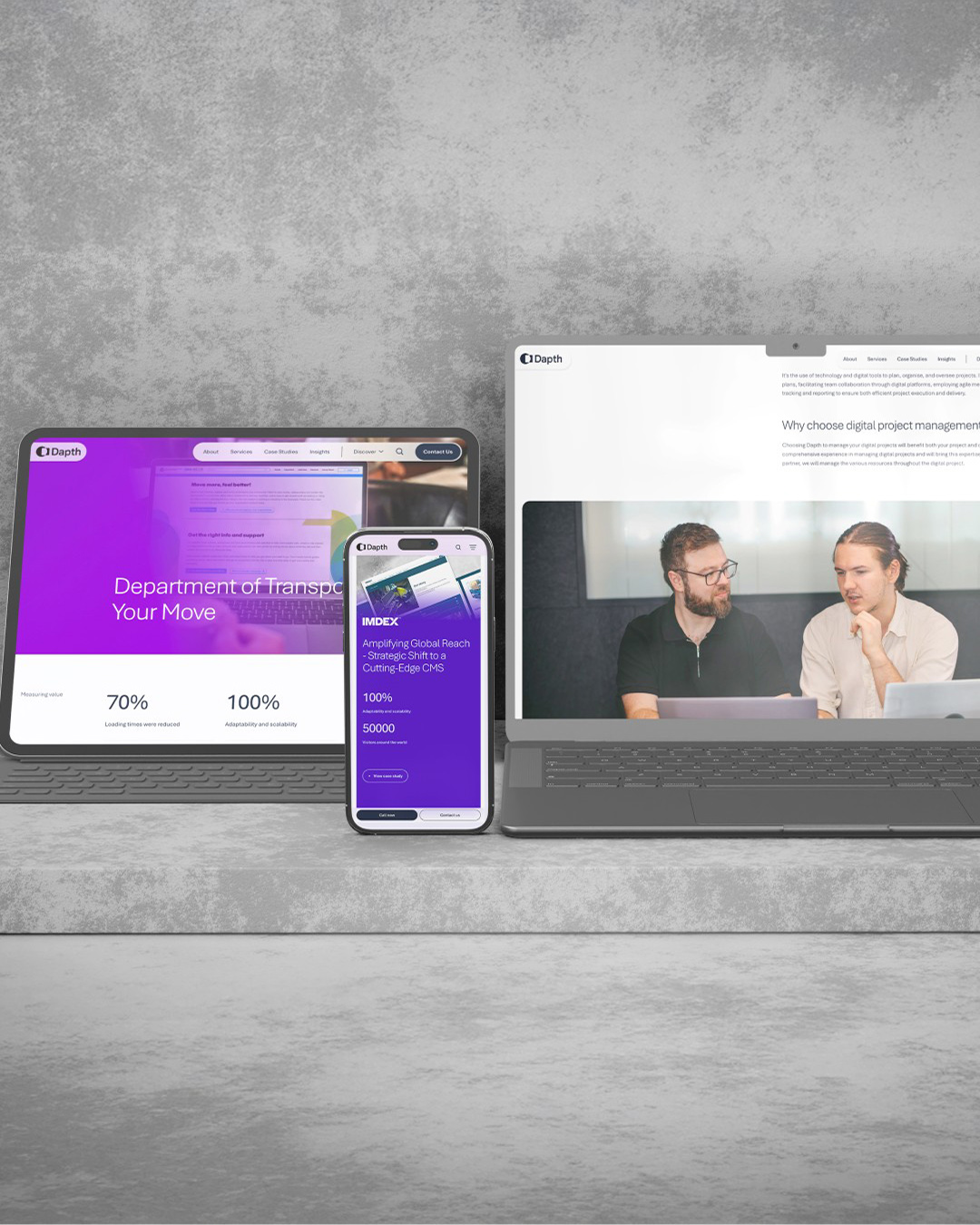






























_web.webp)
_web.webp)
_web.webp)

_web.webp)

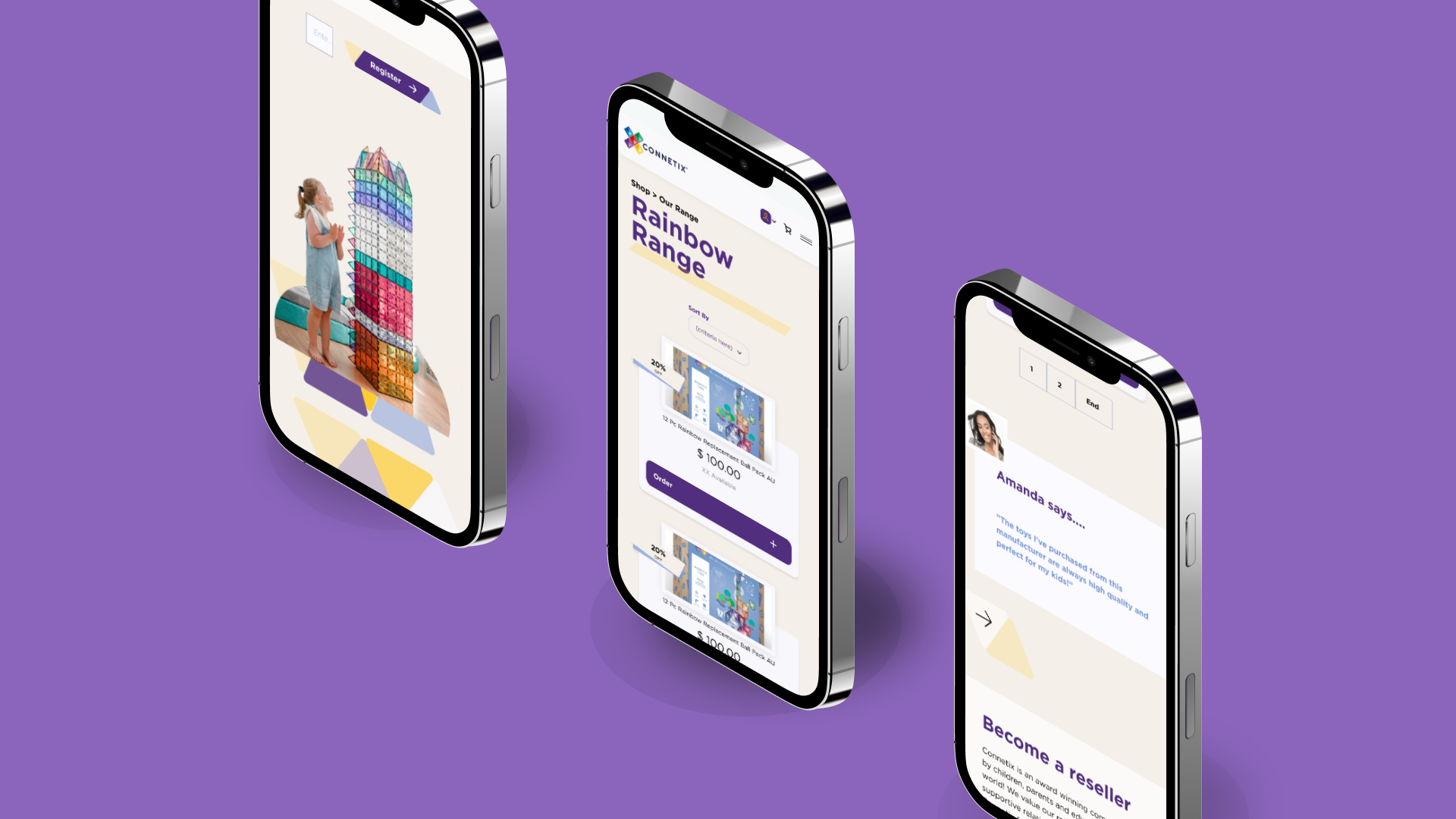
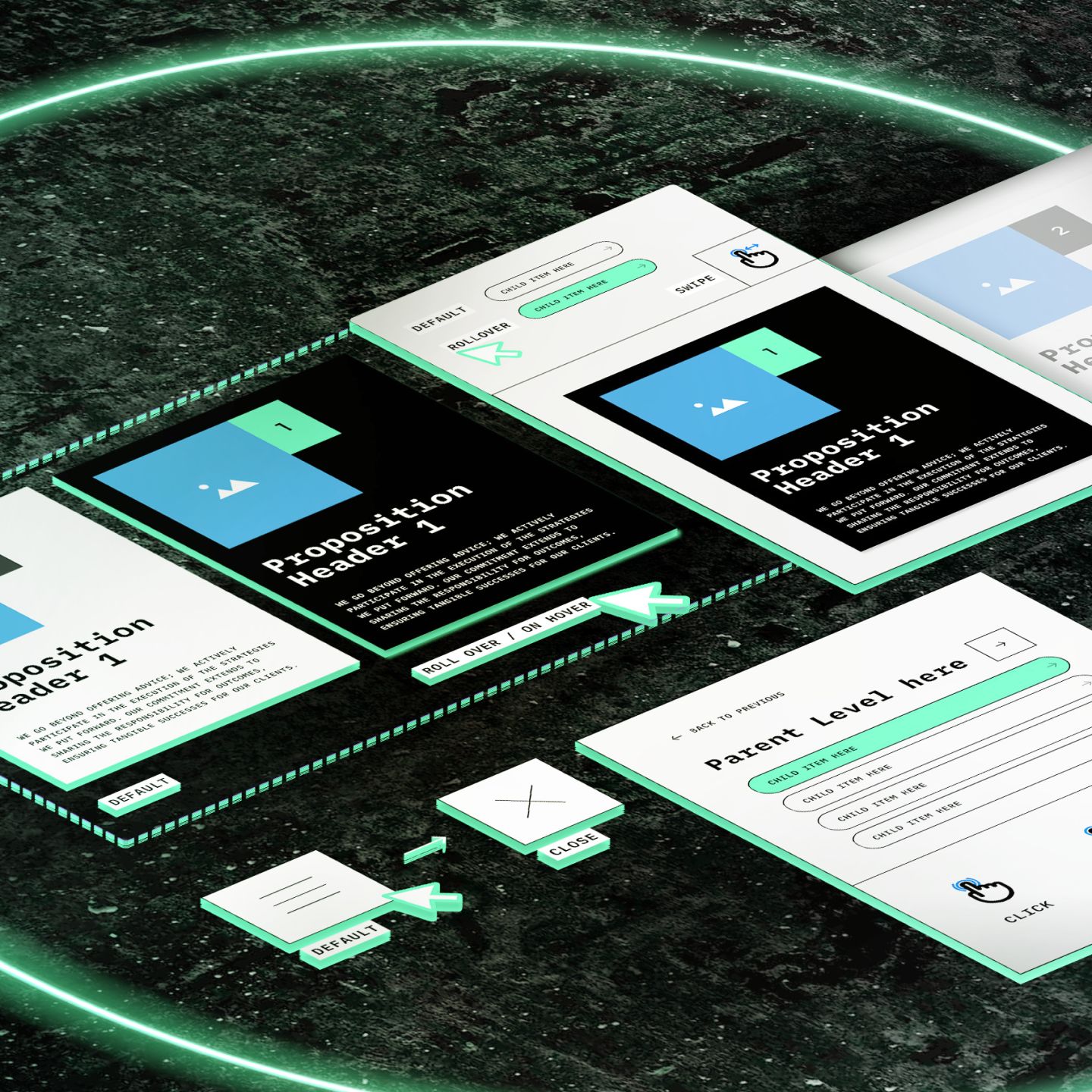
_web.webp)















